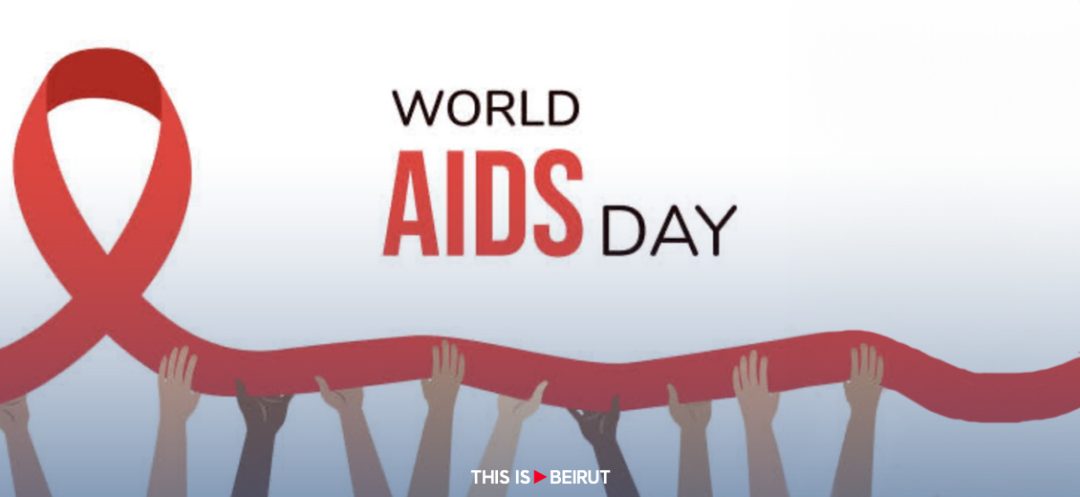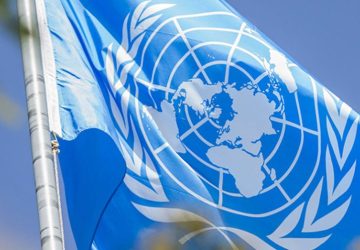Listen to the article
A recent report by UNAIDS emphasizes that the goal of eradicating AIDS by 2030 is achievable, thanks to scientific and medical progress as well as political and financial mobilization. However, inequalities and obstacles remain.
Thanks to scientific advances in recent years and unprecedented political and citizen mobilization, the goal of ending the AIDS epidemic by 2030 now seems within reach. However, in a weakened international context, sustained funding and a strong political will remain essential to meet the remaining challenges. The end of AIDS can only be achieved if all concerned actors, including states, international organizations, associations and citizens, continue to mobilize in a coordinated manner. The stakes are nothing less than the preservation of millions of human lives.
Encouraging Advances in the Fight Against AIDS
The latest report from UNAIDS highlights that significant progress has been made in recent years in the fight against the AIDS epidemic. Some countries have even already achieved the targets set by the organization for 2030, namely that 95% of HIV-positive people know their status, 95% of those diagnosed positive have access to treatment, and 95% of people on treatment have a suppressed viral load. This is notably the case in Botswana, Eswatini, Rwanda, Tanzania and Zimbabwe. These encouraging results demonstrate that sustained and targeted efforts can overcome the epidemic.
Moreover, thanks to improved access to testing and the generalization of pre-exposure prophylaxis in some countries, the number of new infections has decreased by 57% since 2010 in Eastern and Southern Africa. Spectacular progress has also been made in preventing mother-to-child transmission, resulting in a 58% reduction in new pediatric infections.
Access to antiretroviral treatments has also greatly improved in recent years, with nearly 30 million people treated worldwide in 2022, compared to only 7.7 million in 2010. Research is also ongoing to develop new, more effective molecules, with the prospect of a long-term curative treatment for HIV.
Challenges to Overcome
Nearly one million people worldwide still die each year from HIV/AIDS. In addition, about 9.2 million HIV-positive people still do not have access to treatment, including 660,000 children.
Access to prevention and care remains highly unequal across countries and populations. The poorest countries in sub-Saharan Africa are still the most severely affected by the epidemic. Key populations most at risk of contamination, such as homosexuals, sex workers or injecting drug users, also suffer from strong discrimination.
National and international funding for the fight against HIV is also still insufficient. The Global Fund estimates that $29 billion per year is needed to end the disease, while only $19 billion was invested in 2020. Sustained financial commitments will be essential to not undermine the hard-won progress.
Political and Citizen Mobilization, Key to Eradicating the Disease
While scientific and medical advances are essential to defeat AIDS, political mobilization and civil society engagement will be just as decisive.
In recent years, the international community has made several important commitments to increase funding for the fight against the epidemic. At the last Global Fund resource replenishment conference in 2022, $15.7 billion was raised. Even though the $18 billion target was not met, these pledges represent a strong political signal of the will to eradicate the disease.
Beyond states, the fight against HIV/AIDS cannot be won without the strong involvement of patient associations and non-governmental organizations. They are the ones who carry out essential daily work in prevention, raising awareness among at-risk populations, and providing psychological and social support to HIV-positive people.
Finally, informing and raising awareness among the general public will be decisive in changing attitudes. It is necessary to promote early testing, combat misconceptions about transmission modes and living with HIV, and accept HIV-positive people. Only by reducing discrimination can the epidemic be defeated.
The mobilization of all national and international actors is therefore essential to meet this collective challenge of eradicating AIDS by 2030.
Highlighting France and the Administration of PrEP
Pre-exposure prophylaxis (PrEP) is a preventive medication that allows individuals who are highly exposed to HIV but are HIV-negative to significantly reduce their risk of infection. This treatment involves the daily or “on-demand” intake of pills containing Truvada or its generics, which block the virus’ ability to establish itself in the body after exposure.
However, the landscape is still marred by persistent stigma and discrimination against HIV-positive individuals. An IFOP survey for Sidaction reveals a worrying increase in prejudices: 30% of young people aged 15-24 mistakenly believe that HIV can be transmitted through a kiss, and 44% of French people would feel uncomfortable with the idea of an HIV-positive person taking care of their children. These indicators, the worst since the survey’s inception in 2009, reflect a deep fear and misunderstanding of HIV, 40 years after its discovery.
Furthermore, a study conducted in Île-de-France shows that 43% of parents believe that their children are not adequately educated about HIV prevention in their schools. This lack of education contributes to the perpetuation of misconceptions and hinders testing efforts. Thus, despite significant advances in testing and preventive treatment, France faces major challenges, particularly in terms of equal access to care, combating stigma and improving awareness, to continue progressing in its fight against HIV.
Sources:
UNAIDS 2022 Report
Global Coalition for HIV Prevention, HIV Prevention Roadmap 2025
Global Fund to Fight AIDS, Tuberculosis and Malaria, 2022 Report



